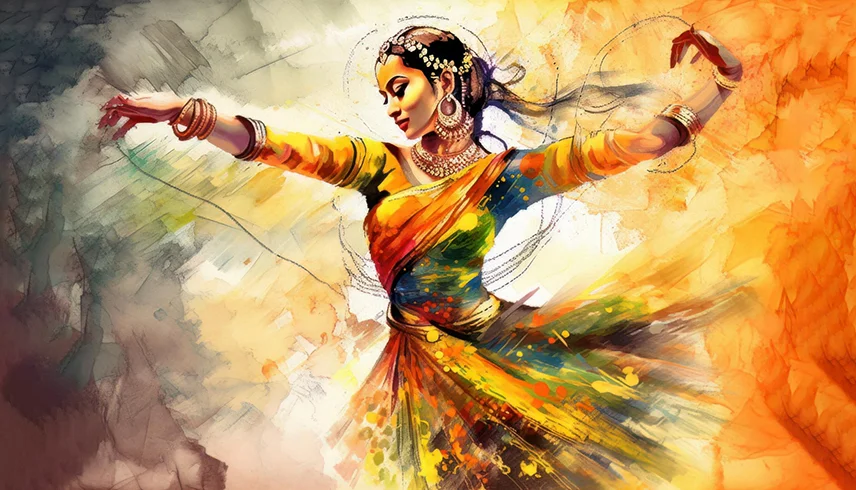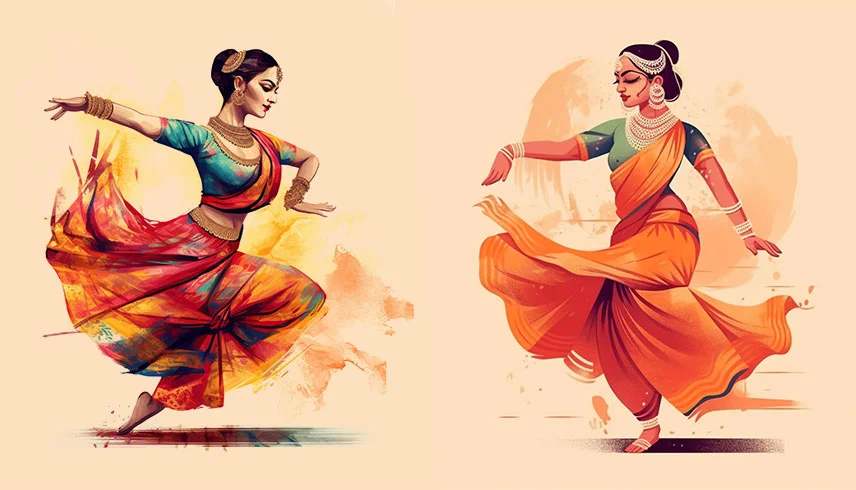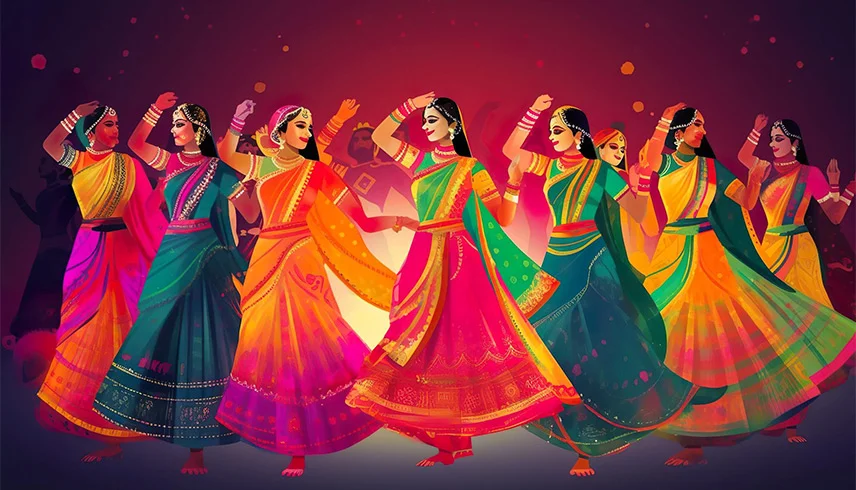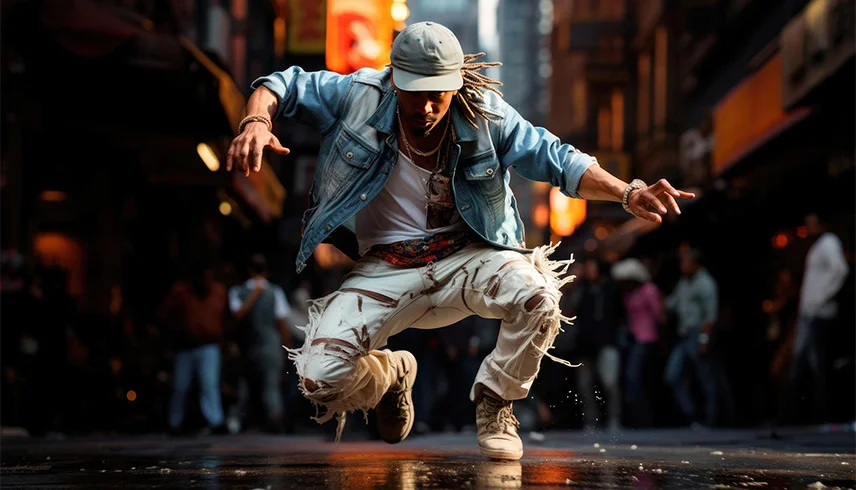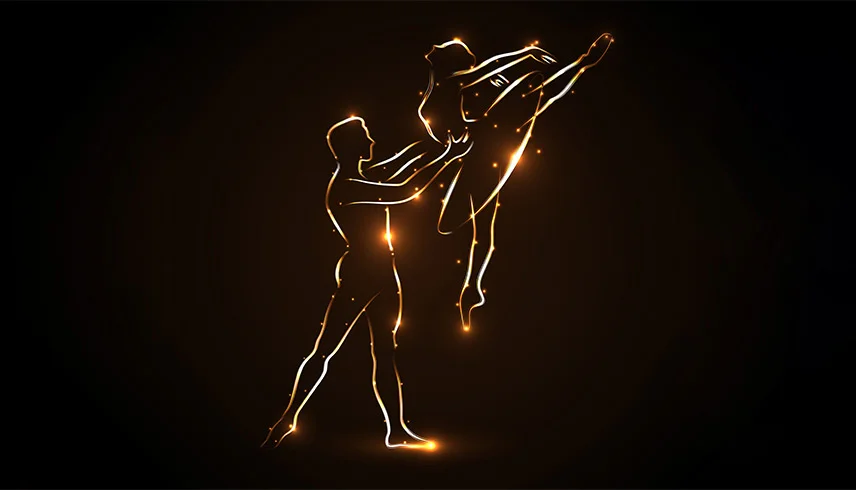
Jazz dance is a dynamic and expressive art form that emerged from the cultural melting pot of early 20th-century America, blending elements of African American rhythm, European ballet technique, and Caribbean influences into a vibrant and eclectic dance style. With its syncopated rhythms, improvisational spirit, and bold, expressive movements, jazz dance classes in delhi has captivated audiences around the world, becoming a beloved and influential form of dance that continues to evolve and innovate to this day.
Nowadays, Jazz classes in delhi move execution combines methods to create captivating and stylish choreography. While performing, the artist looks to be bantering with the performers and expressing musical rebelliousness through their bodies. With television appearances, jazz has experienced a rebirth in popularity.
The roots of jazz dance acadmey can be traced back to the African American communities of New Orleans, where enslaved Africans brought their rhythmic traditions, cultural rituals, and dance forms to the streets and dance halls of the city. Influenced by European social dances, such as the waltz and polka, as well as Caribbean rhythms, such as the clave and rumba, jazz dance lessons began to take shape as a unique and distinctive form of expression that reflected the diversity, creativity, and resilience of African American culture.
As jazz dance classes in delhi music gained popularity in the early 20th century, jazz dance in delhi evolved alongside it, incorporating elements of improvisation, syncopation, and call-and-response into its choreography and technique. Jazz dance lessons flourished in the nightclubs, speakeasies, and theaters of Harlem during the Harlem Renaissance, where it became a vital and vibrant part of the cultural landscape, influencing music, fashion, and popular culture on a massive scale.

